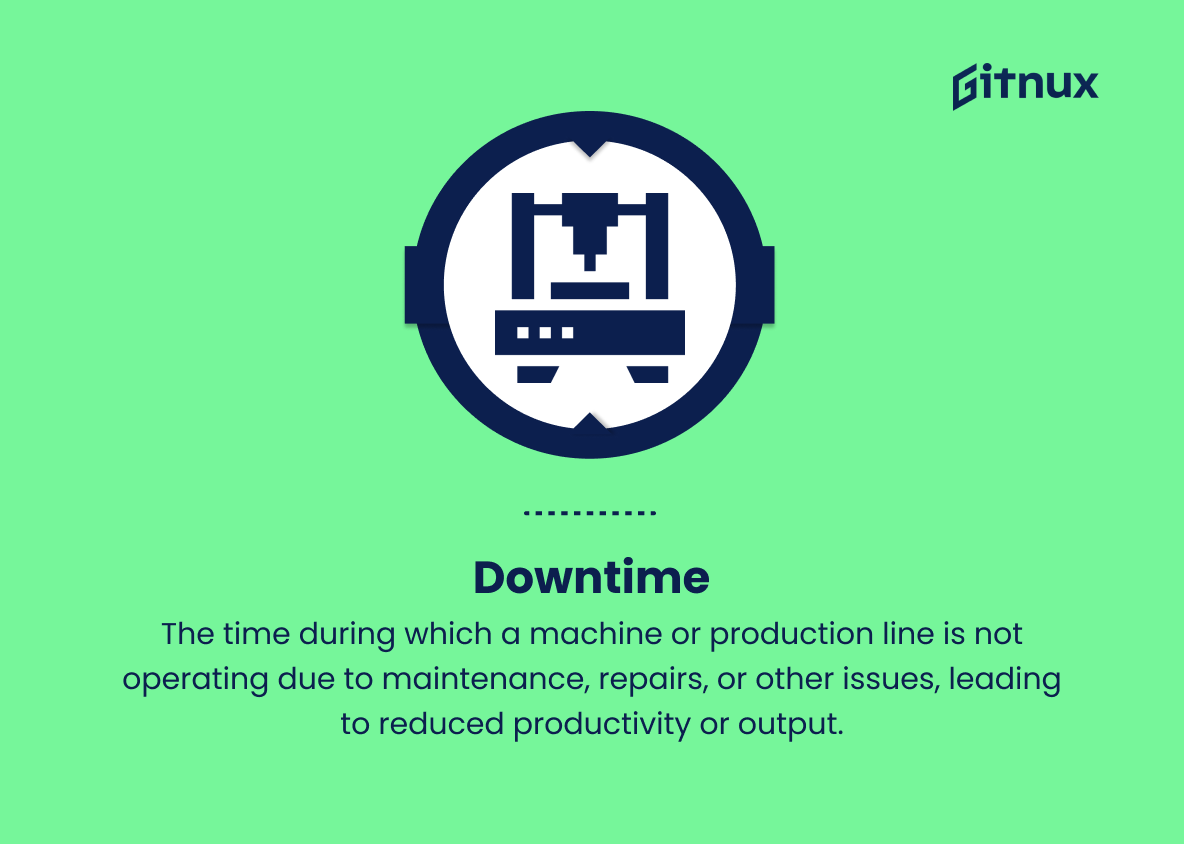In the ever-evolving world of manufacturing and production, staying ahead of the curve is crucial for businesses to remain competitive and achieve long-term success. One integral component of ensuring efficiency and effectiveness in the production process is leveraging the power of production planning metrics. These performance indicators can provide valuable insights into the various stages of production, helping decision-makers optimize their strategies and identify areas for continuous improvement.
In this comprehensive blog post, we will delve into the world of production planning metrics, exploring their significance, the key metrics every organization should monitor, and best practices to utilize them effectively. Get ready to unlock your company’s full potential and streamline your operations through the strategic use of production planning metrics.
Production Planning Metrics You Should Know
1. Production Capacity
Indicates the maximum amount of products that can be produced within a specific time frame, considering available equipment, workforce, and resources.
2. Resource Utilization
Measures how effectively the available resources (e.g., machines, labor, materials) are being used in the production process.
3. Cycle Time
The total time it takes for a product or batch to go through the entire production process, including setup, production, and teardown.
4. Lead Time
The time it takes from receiving a customer order to delivering the finished products.
5. Throughput
The number of units produced within a given period, reflecting the production system’s efficiency.
6. Takt Time
The maximum amount of time allowed for producing one unit, in order to meet customer demand.
7. Work-in-Progress (WIP)
The number of partially finished products in the production process at a given time.
8. Finished Goods Inventory
The quantity of completed products available for sale or delivery.
9. Manufacturing Cycle Efficiency (MCE)
A ratio of value-added time to total production time, indicating how efficiently the production process occurs.
10. Overall Equipment Effectiveness (OEE)
Measures the percentage of planned production time during which the production process is truly productive.
11. Downtime
The time during which a machine or production line is not operating due to maintenance, repairs, or other issues, leading to reduced productivity or output.
12. Production Yield
The proportion of products that meet quality standards compared to total products produced.
13. Changeover Time
The time it takes to switch a production line from producing one product to another, including setup and testing.
14. Scrap Rate
The percentage of materials discarded during the production process due to defects, rework, or other issues.
15. Labor Productivity
Measures the output per labor hour, reflecting how effectively the workforce is contributing to the production process.
16. Return on Assets (ROA)
Compares the company’s profits to its total assets, providing insights into how effectively it’s utilizing its assets in production planning.
17. Order Fulfillment Rate
The percentage of customer orders that are completed and shipped on time.
18. Supplier Lead Time
The time it takes for suppliers to deliver raw materials or components necessary for production.
19. Order Backlog
The number of customer orders that have not yet been fulfilled, indicating potential supply and demand issues.
20. Forecast Accuracy
Compares the forecasted production levels with actual production, measuring the effectiveness of production planning processes.
Production Planning Metrics Explained
Production planning metrics are crucial for evaluating the effectiveness and efficiency of a manufacturing process. They provide valuable insights into the performance of a production system, highlighting areas for improvement and helping to identify bottlenecks in the process. Key metrics such as production capacity, resource utilization, cycle time, and lead time help assess a company’s ability to produce the required output within a given time frame while making the best use of available resources.
Throughput, takt time, work-in-progress, and finished goods inventory can reveal critical information about the rate at which products are being produced, the level of inventory, and overall output. Manufacturing Cycle Efficiency (MCE), Overall Equipment Effectiveness (OEE), downtime, and production yield metrics help businesses understand process efficiency, equipment performance, and overall product quality.
Furthermore, changeover time, scrap rate, labor productivity, and return on assets provide insights into operational efficiency, waste minimization, and asset utilization. Lastly, order fulfillment rate, supplier lead time, order backlog, and forecast accuracy metrics are essential for effective supply chain management, helping businesses ensure timely order fulfillment, maintain strong supplier relationships, and make accurate production forecasts. Altogether, these metrics are indispensable for optimizing production planning and ensuring a business stays competitive in today’s manufacturing landscape.
Conclusion
In conclusion, production planning metrics play a vital role in enabling businesses to maintain efficiency, optimize resources, and stay competitive in today’s ever-evolving market. By closely monitoring key performance indicators such as lead time, customer order fulfillment, inventory turnover, and capacity utilization, organizations can make informed decisions that drive continuous improvement and long-term success.
Implementing a comprehensive production planning system allows companies to stay agile, anticipate challenges, and consistently deliver high-quality products that meet customer expectations. Ultimately, a commitment to effectively leveraging production planning metrics will not only drive growth and profitability but also foster a culture of innovation and excellence within the organization.















